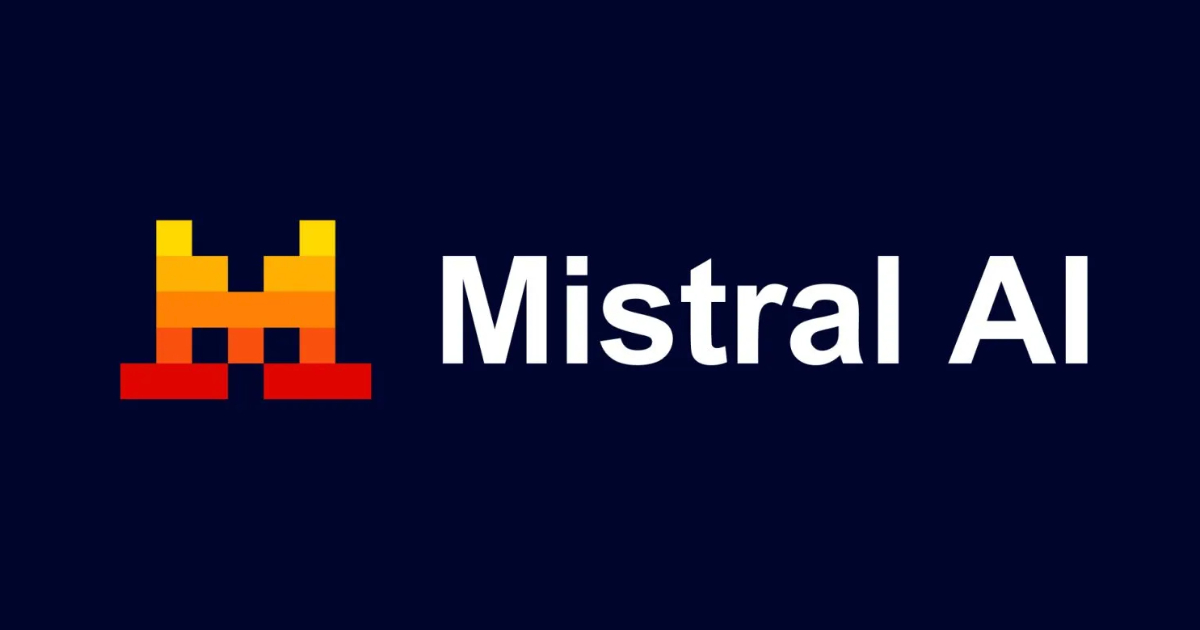Codetown
Codetown ::: a software developer's community
Instant Runoff Voting - Contest #2
Ready for the challenge? Code up a solution in your favorite language by midnight Sunday, February 14th, Eastern Standard Time. [ed. looks like we have a deadline error, so hold on to your hats, let us remedy this] Submit it to contest at codetown dot us. Also, post the link or code on this Discussion so the group can see it. We're allowing a little more time for this contest, so the results will be judged by...you! A poll will be posted in Contest Town so you can vote for your favorite app. Maybe we can use IRV to decide?
The winner will receive ... bear with us, as we're waiting to hear back from our sponsor, but this contest is going up now to give you the maximum possible amount of time to code. Good luck!
Tags:
Replies to This Discussion
-
Permalink Reply by Michael Newman on February 11, 2010 at 1:32am
-
-
Permalink Reply by Kevin Neelands on February 11, 2010 at 11:50am
-
Am I too late? I think Eric and Dan may already be tied to win this contest. Regardless, I'm uploading my entry. One interesting thing- with my dataset, some ballots actually lost all their selections after the second run-off ( I had seven candidates, people selected the top four) so the total votes decreased. At first I thought this was a bug, but this might be one of the complaints people have with the system of instant runoffs. (?)
- Attachments:
-
-
 Main.java, 8 KB
Main.java, 8 KB
-
-
-
Permalink Reply by Michael Levin on February 11, 2010 at 12:31pm
-
All - thanks for your submissions. We are still searching for a prize sponsor, so until we get one, the door is open at least until 2/14 for submissions. Stay tuned!
-
-
Permalink Reply by Eric Lavigne on February 11, 2010 at 11:05pm
-
The code that I wrote at last night's meeting is posted at http://github.com/ericlavigne/instant-runoff
I have not yet figured out how to post the video online, as it weighs in at 3.5GB.
It's good to see that some others have submitted solutions. Looks like Michael's solution is a bit ahead of mine as it can read votes in from a file. And of course Dan's is way ahead since it has been used for real elections. -
-
Permalink Reply by Michael Newman on February 12, 2010 at 10:52am
-
wait, really? where can I find Dan's entry?
Eric Lavigne said:The code that I wrote at last night's meeting is posted at http://github.com/ericlavigne/instant-runoff
I have not yet figured out how to post the video online, as it weighs in at 3.5GB.
It's good to see that some others have submitted solutions. Looks like Michael's solution is a bit ahead of mine as it can read votes in from a file. And of course Dan's is way ahead since it has been used for real elections. -
-
Permalink Reply by Eric Lavigne on February 12, 2010 at 11:42am
-
wait, really? where can I find Dan's entry?
He talked about it at both the January and February GatorJUG meetings, but I haven't seen either the code or the running program. I think it was a project for Santa Fe Community College. -
-
Permalink Reply by Dan Lackey on February 12, 2010 at 12:11pm
-
it is a large project that is not portable. This is why i was not trying to enter it. I could take snippets of code or screenshots and post it for people to look at. time permitting at our next meeting i will demo it. There is a staff side that allows us to enter in who is running for what position. It allows creation of parties. It allows the user to enter a date and time range, this range controls when the ballot appears to students on our student website. The students must log in to see it. If they do not meet certain parameters they are not allowed to vote. Must be enrolled in classes currently for instance.
The staff side includes allowing staff to see a sample ballot, and a results page. -
-
Permalink Reply by Eric Lavigne on February 12, 2010 at 12:14pm
-
it is a large project that is not portable. This is why i was not trying to enter it. I could take snippets of code or screenshots and post it for people to look at. time permitting at our next meeting i will demo it.
This sounds interesting, and I would certainly be interested in seeing code, screenshots, and/or a demo. -
-
Permalink Reply by Dan Lackey on February 12, 2010 at 1:43pm
-
All my data is in tables. I used the power of sql to do part of my counting.
vote_cnt is the order that this candidate was put in by the voters.
ex
SELECT
COUNT(*)
INTO
:SR1037W1.COUNT
FROM
OWNERSQL.SRT_GOVT_VOTES T1
WHERE T1.ACAD_BEG_YR = :ACAD_BEG_YR AND
T1.ID_NUM = :SEARCH_ID1 AND
T1.VOTE_CNT = :SEARCH_CNT1
AND EXISTS(SELECT * FROM OWNERSQL.SRT_GOVT_VOTES T2
WHERE T2.ACAD_BEG_YR = :ACAD_BEG_YR AND
T1.SSN = T2.SSN AND
T2.ID_NUM = :SEARCH_ID2 AND
T2.VOTE_CNT = :SEARCH_CNT2
)
The results of multiple sql queries is combined and then compared.
if one candidate has > half votes then we are done and present the results.
else
determine who is in last place.
then do sql queries to give his votes to the others.
i'll print some code out and show everyone the system next month.
next student goverment voting is:
The next Student Government Election will begin on 03/31/2010 at 08:00 AM. Voting will end 04/01/2010 at 03:00 PM.
you can come by and question the voters/students and see what they think. -
-
Permalink Reply by Kevin Neelands on February 16, 2010 at 2:09pm
-
During your presentation I wasn't fully following your logic as I don't deal with Clojure, Lisp or functional programming much. But now after looking at your code I see pretty much followed your line of attack, when I wrote it I thought I was taking a different approach.
-
-
Permalink Reply by Eric Lavigne on February 16, 2010 at 2:16pm
-
During your presentation I wasn't fully following your logic as I don't deal with Clojure, Lisp or functional programming much. But now after looking at your code I see pretty much followed your line of attack, when I wrote it I thought I was taking a different approach.
Any suggestions for how I could have explained it better? What did you understand later that you didn't understand during the presentation? -
-
Permalink Reply by Michael Levin on February 18, 2010 at 6:37am
-
Update on contest winning entry: Michael, Kevin and Eric, we have not gotten a sponsor for Contest 2 yet, though since we haven't chosen a winner yet, the door is still open. Here's the plan. If we don't get a sponsor by the next GatorJUG meeting, I will choose a prize for the winning entry. I'll continue to search for a sponsor. And, stay tuned for Contest #3! Since all the entries are from GatorJUG members, we'll discuss the conclusion of this contest at the next GatorJUG meeting in March. Sound fair? Let me ask of you that you post the features each of your entries implements here as a comment.
-
Notes
Welcome to Codetown!
 Codetown is a social network. It's got blogs, forums, groups, personal pages and more! You might think of Codetown as a funky camper van with lots of compartments for your stuff and a great multimedia system, too! Best of all, Codetown has room for all of your friends.
Codetown is a social network. It's got blogs, forums, groups, personal pages and more! You might think of Codetown as a funky camper van with lots of compartments for your stuff and a great multimedia system, too! Best of all, Codetown has room for all of your friends.
Created by Michael Levin Dec 18, 2008 at 6:56pm. Last updated by Michael Levin May 4, 2018.
Looking for Jobs or Staff?
Check out the Codetown Jobs group.
InfoQ Reading List
Taking the Technical Leadership Path

Technical leaders face challenges beyond individual contributor work: aligning with business on investments, managing systemic aspects, mentoring, and keeping up with a changing codebase. We need technical alignment—shared codestyle, implementation patterns, and standards—to avoid accidental complexity. Leadership grows through practicing skills, improving team issues, and acting as a role model.
By Ben LindersAWS Hikes EC2 Capacity Block Rates by 15% in Uniform ML Pricing Adjustment

AWS has raised EC2 Capacity Block prices for ML by 15% across all regions, impacting GPU-based workloads. The uniform price hikes affect top-tier instances powered by NVIDIA GPUs, underscoring supply chain pressures and inflation. With limited alternatives, organizations face higher costs, emphasizing the need for effective workload optimization and cost management strategies.
By Steef-Jan WiggersMistral Releases OCR 3 With Improved Accuracy on Handwritten and Structured Documents

Mistral has released Mistral OCR 3, the latest version of its optical character recognition model, focused on higher accuracy across a wide range of document types, including handwritten notes, forms, low-quality scans, and complex tables.
By Robert KrzaczyńskiDjango Releases Version 6.0 with Built-In Background Tasks and Native CSP Support

Django 6.0 has arrived, offering developers cutting-edge features like a built-in tasks framework, enhanced security with Content Security Policy, and template partials for modular design. This release supports Python 3.12 to 3.14, streamlining web app development while promoting clean, rapid design. Join the excitement as Django modernizes the landscape of web application development!
By Daniel CurtisPresentation: Achieving a Culture That Works: Inclusive Leadership that Drives Lasting Success

Matthew Card discusses the intersection of leadership and inclusivity at the BBC. He explains how "changing the bar" rather than just raising it can transform team dynamics. Covering trust, psychological safety, and his "C.A.P.S." and "D.O.S.E." frameworks for resilience, he shares practical strategies for engineering leaders to eliminate toxic behaviors and empower diverse talent to thrive.
By Matthew Card
© 2026 Created by Michael Levin.
Powered by
![]()